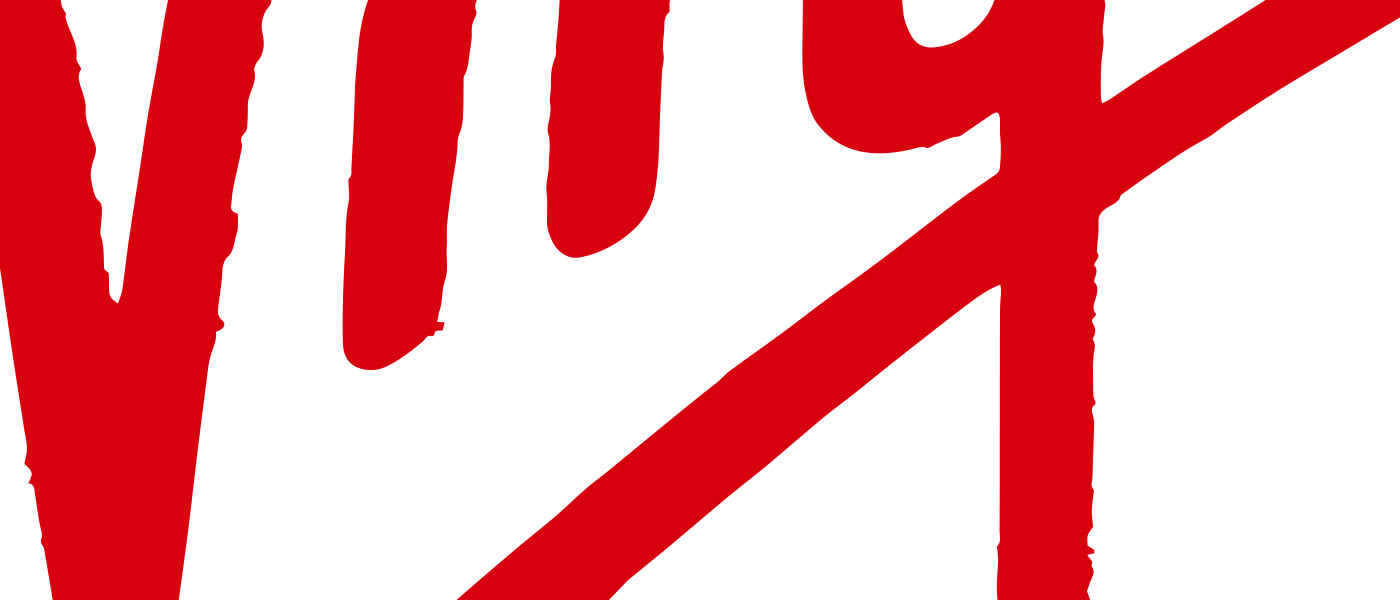What are the benefits of collaboration for big brands?
Making your brand stand out from the crowd in a hugely competitive marketplace is one of the biggest challenges for a business..
But there are times when teaming up and collaborating with another brand for a commercial project or social campaign can effectively double the brand exposure and reap dividends for both businesses.
Successful brand collaboration depends on both brands being able to benefit from the existing market of the other, or from gaps in the market that can be filled, through a collaborative relationship that competitors will find hard to replicate. Think Nike and Apple.
Brand collaboration can involve some surprising, at least at first glance, cross-sector alliances. Virgin Atlantic collaborated with the original onesie designers, OnePiece, to trial a limited edition OnePiece onesie for Upper Class passengers; two high profile brands with very different, yet mutual consumer interests.
Other examples of clever brand collaboration include the pairing of Whiskas cat food with the World Wildlife Federation WWF, in which the former supported the latter’s global Tigers Alive protection programme. Teaming big cats with small cats generated a huge amount of interest.
Who could forget the partnering of Grant’s Whisky, the world’s oldest family-owned blend, with genealogy website www.findmypast.co.uk a couple of years ago? Tapping into the nation’s soft spot for nostalgia, this brand pairing gave consumers an opportunity to research their own family history, as well as learn about the Grant’s story.
So what’s the key to making a brand marriage, albeit a brief one, work?
In all of these examples of collaboration, the key thing is that the two brands are complementary; they have similar values and target audiences but are not competitive, explains brand marketing consultant Mike Berry.
"There are huge benefits to be gained, including sharing customer bases, cross selling, adding interest using the other brand. If it's done as a contra deal, it can even be a true win-win situation," he says.
But getting two big brands from different industry sectors to collaborate has its challenges. There must be a shared vision of the outcome and the right people from both companies involved to make it happen. Often it requires a third party to manage the process.
Creative agency Sedley Place orchestrated a collaborative project between two very famous brands; Johnnie Walker and Gleneagles Hotels, to create something that was as much about the Blue Label whisky brand and as it was about the uniqueness of staying at the Gleneagles Hotel. The agency had just completed a project to redesign the Johnnie Walker Blue Label packaging and saw the Gleneagles’ Blue Bar as the perfect place for consumers to savour a Blue Label ‘experience’.
"The key to making this project work was our good relationship with the client and their trust in us to bring about a happy alliance," says Sedley Place managing director Mick Nash.
"It was also about bringing two brands together for mutual benefit by association in both directions. Johnnie Walker Blue Label and the Gleneagles Hotel mutually benefited from this partnership. It meant an immersive experience, where the brands strengths were amplified through collaboration, in turn rewarding the consumer with a great product and excellent service."
There are potential pitfalls. While collaborative branding is based on mutual benefits, generally it is one company that initiates a relationship with another - and has the advantage of deciding who to approach.
"As the party being approached, it is important to retain a degree of scepticism at least at first, and to ensure that the collaboration benefits both companies," says David Allmond, co-founder of marketing strategists Peppered Moth Marketing. "Conversely, the initiator has the majority of the early work to take on. Because of this, the building of trust is especially incumbent on the initiator. Above all, remember that whatever your potential partner’s reputation is in the market, it will rub off on you. Brand identity is a fragile construct, and it is difficult to divorce these associations in the minds of the consumer," he says.
It is also important to remember that it is people – not documents – that make relationships work, so collaborating companies should jointly ensure they have the right people on the team. "Involving senior executives and even the CEOs from both companies is integral to creating a lasting partnership," adds Allmond.
Is brand collaboration something that only the industry giants can benefit from? Absolutely not, says Mike Berry.
"It does require some lateral thinking to find collaborative business partners in different sectors with a mutual but non competitive consumer interest, but it can work incredibly well for small businesses," explains Berry.
"Partner promotions have existed forever, but social media has really turbo charged them. Facebook pages offer a great channel for brands of all sizes to communicate their collaborative efforts."
This is a guest blog and may not represent the views of Virgin.com. Please see virgin.com/terms for more details.
